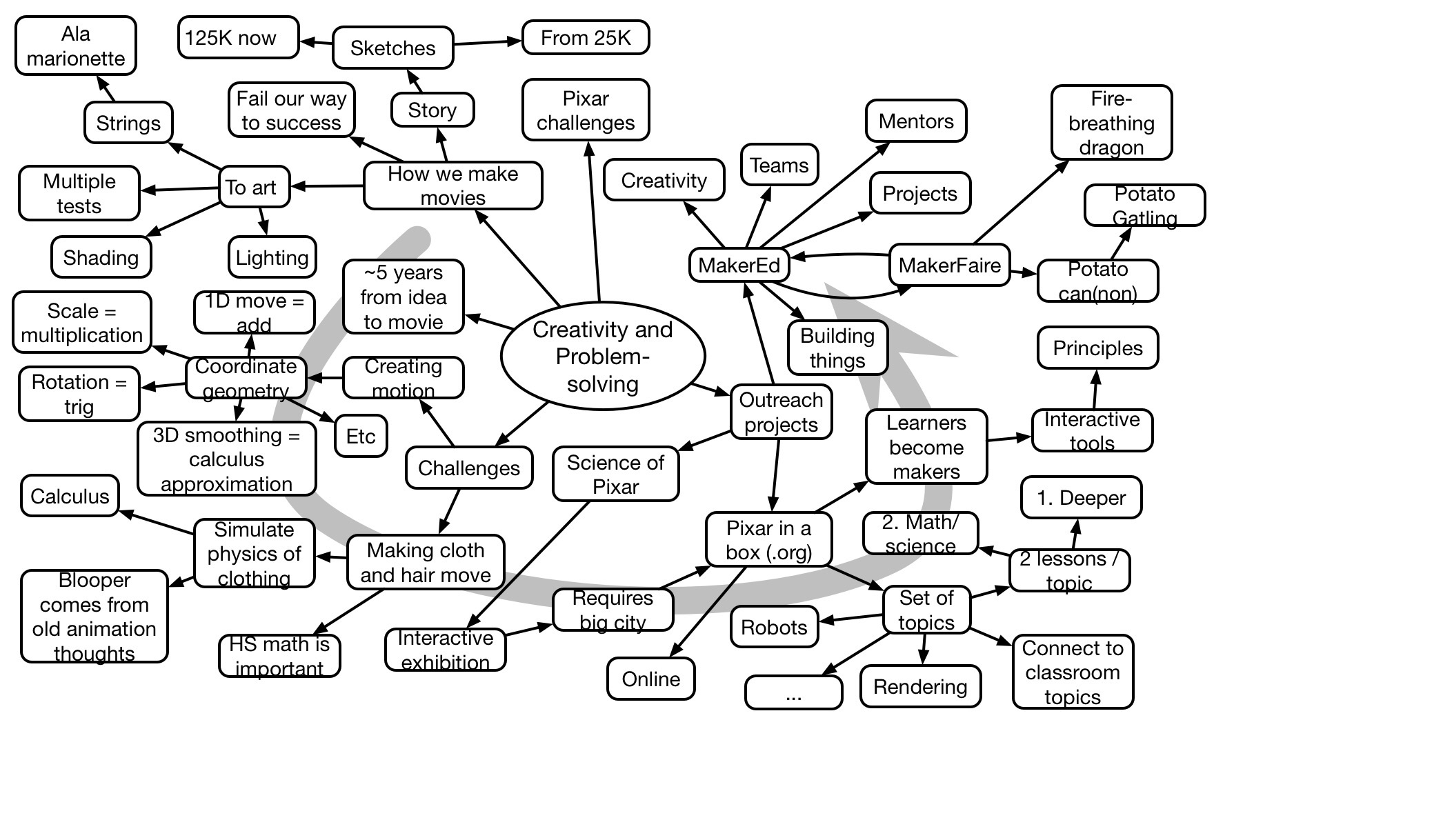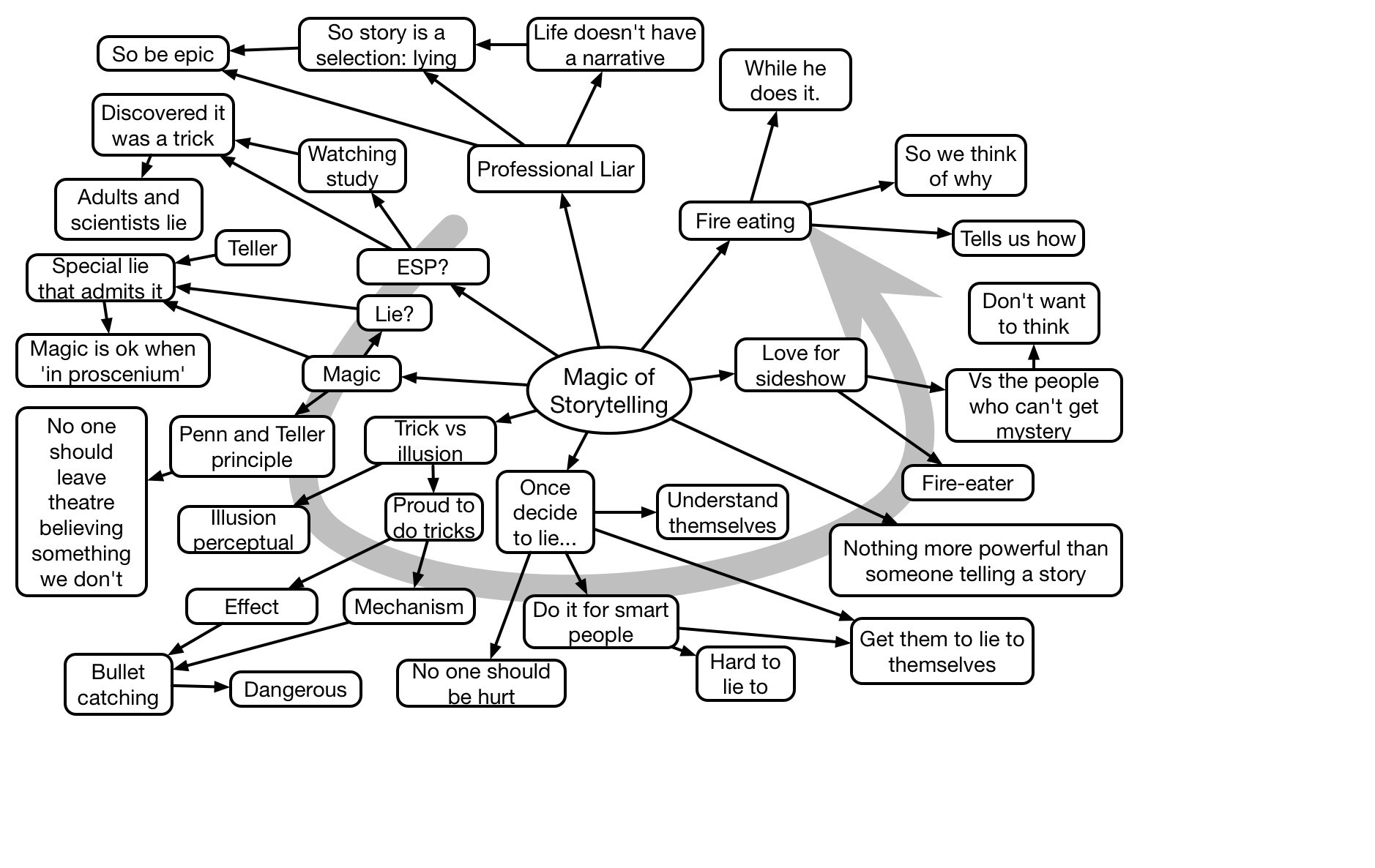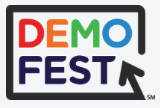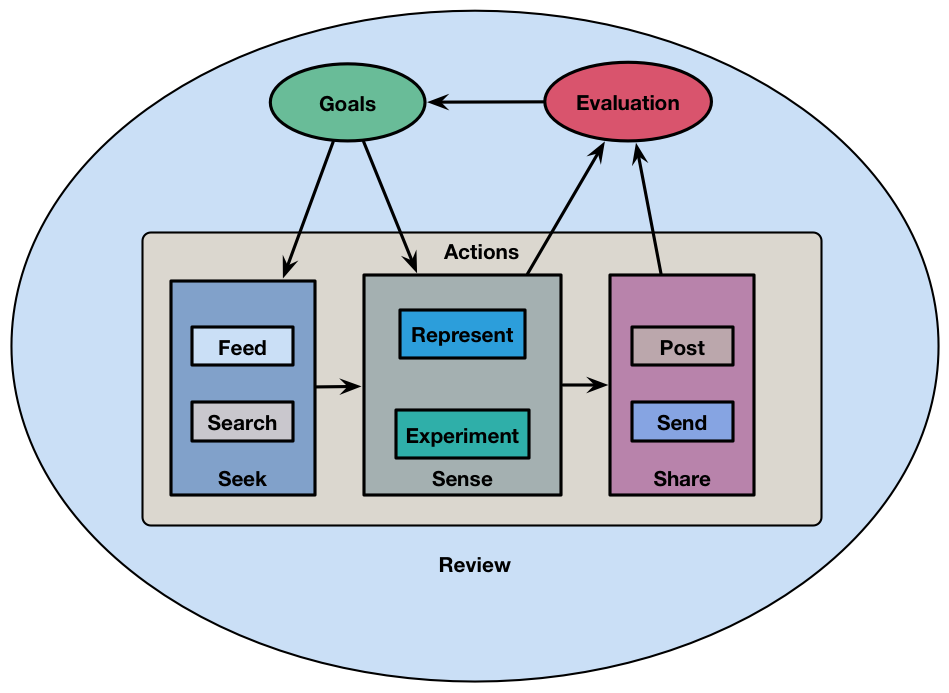![]() This is the last Learnlet for 2016, and so it’s time for some reflections on what has been an ‘interesting’ year. I’ll admit it’s been rough, what with losing so many people known through popular media. I guess you get to an age where more and more people who’ve you’ve grown up with in one way or another begin to pass on. And of course serious changes nationally and internationally. But there are some learnings as well.
This is the last Learnlet for 2016, and so it’s time for some reflections on what has been an ‘interesting’ year. I’ll admit it’s been rough, what with losing so many people known through popular media. I guess you get to an age where more and more people who’ve you’ve grown up with in one way or another begin to pass on. And of course serious changes nationally and internationally. But there are some learnings as well.
So, I did a fair bit of speaking in 2016, keynoting conferences in New York and Beijing, as well as more private events live and online. I spoke about mobile learning, deeper learning design, innovation, as well as the L&D revolution. And, of course, I attended the usual suite of industry conferences, notably the eLearning Guild events and Online Educa. I also was engaged in a number of consulting engagements, working with folks to deepen their understanding (and mine), to achieve meaningful outcomes.
One learning is the value of travel outside the US. I actually lived outside the US for 7 years (in Australia), and the perspective of seeing how others live, and looking at the rest of the world (and back at the US) from other perspectives is a valuable grounding. The view I had of China before my recent trips was quite different than the reality. I can say the same from previous experience with India. It’s too easy to be insular. Instead, it’s helpful to be curious.
And that’s an industry comment too. I continue to talk (e.g. my workshop in Berlin) and write about deeper learning design. And I continue to evangelize about it (c.f. the Serious eLearning Manifesto with my colleagues, and the recent Future of Work project). And yet, the industry seems to continue on in ignorance. The tools still reflect more of a focus on content instead of experience, for instance. Things get better, but surprisingly slowly. How long until we start treating learning design with the appropriate respect? We need to get out of our comfort zone!
There are positive signs. My engagements with Learnnovators has demonstrated that at least some folks care about quality. And I had several client engagements specifically focused on better learning design. There just need to be more efforts in this area. It’s not hard to tweak processes to generate outcomes that not only look like good elearning, but actually have a high likelihood of an impact.
I’ve done a lot of reading this year (most recently The Fifth Discipline, which puts lots of what I’ve learned about organizations into a context). It amazes me that with robust science at the organizational level as well as the learning science level, we still see so much action in organizations (and society) contrary to what’s demonstrably known. There are positive signs here too, but still too few. It’s challenging, as it involves crossing discipline and business boundaries, yet the benefits are promising.
And I think the hype about technology improvements are premature. Wearables continue, of course. And VR has reached the stage where it’s easy to experiment. Yet in each case, we’re still in the stage before standards emerge that will make a real market. AR and content strategy are still nascent, but there’s much potential. Fortunately, analytics is seeing a boon from the standardization around xAPI. We need to stick to the core learning affordances of new technology to truly grasp the potential.
Looking forward, I see much opportunity, as implied by the gaps indicated above. There’s real opportunity for improvement in the use of technology to facilitate outcomes. We can do personal and organizational learning better. We can leverage technology in ways that are closer aligned with how our brains work. As a precursor, we’ll need a broader understanding of cognition, but that’s doable. I’m happy to help ;).
And let me just add a very heartfelt thanks to those of you who I’ve interacted with, this year and in the past. Whether reading the blog, making comments, engaging on social media, attending sessions or workshops, and of course via engagements, I’m very grateful. I hope to connect with you in the future, in any of the above ways or any other. I continue to learn through and with you, and that’s a gift. Again, thank you.
Goodbye 2016, and here’s to making positive changes in the new year. May it be your best yet.

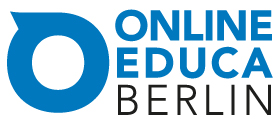 The other thing that I was involved in at Online Educa in Berlin was a session on The Flexible Worker. Three of us presented, each addressing one particular topic. One presentation was on collaborating to produce an elearning course on sleeping better, with the presenter’s firm demonstrating expertise in elearning, while the other firm had the subject matter expertise on sleep health. A second presentation was on providing tools to trainers to devolve content development locally, addressing a problem with centrally-developed content. My presentation was on the gaps between what L&D does and how our brains work, and the implications. And, per our design, issues emerged.
The other thing that I was involved in at Online Educa in Berlin was a session on The Flexible Worker. Three of us presented, each addressing one particular topic. One presentation was on collaborating to produce an elearning course on sleeping better, with the presenter’s firm demonstrating expertise in elearning, while the other firm had the subject matter expertise on sleep health. A second presentation was on providing tools to trainers to devolve content development locally, addressing a problem with centrally-developed content. My presentation was on the gaps between what L&D does and how our brains work, and the implications. And, per our design, issues emerged.